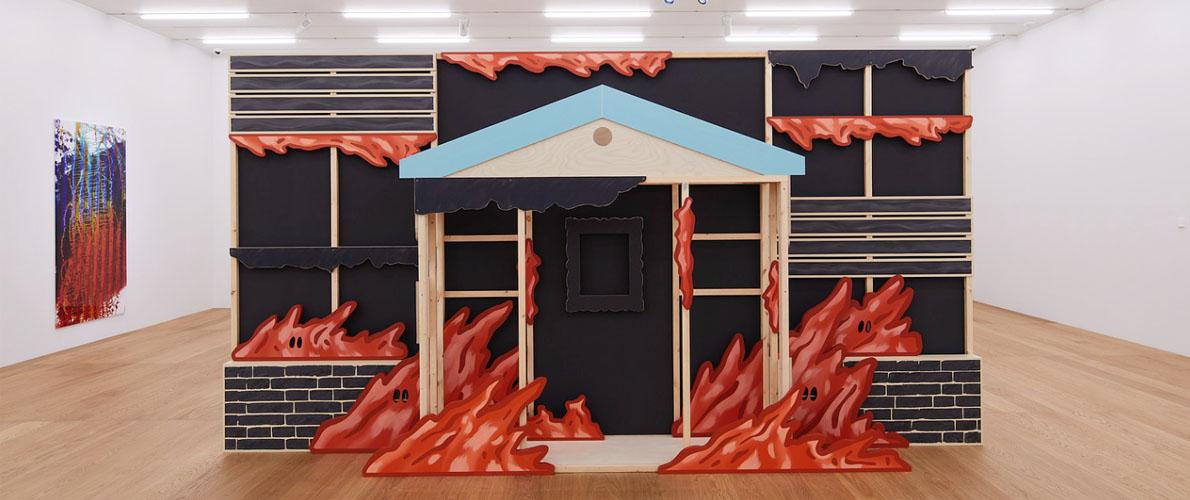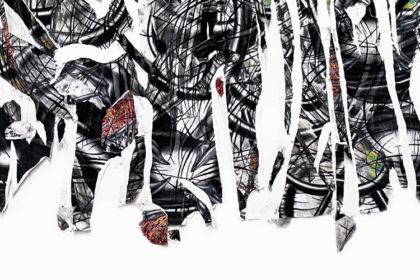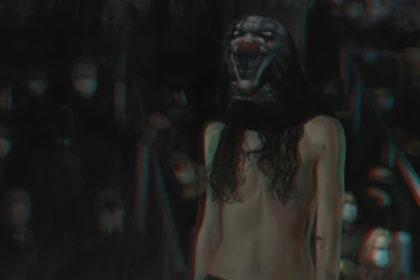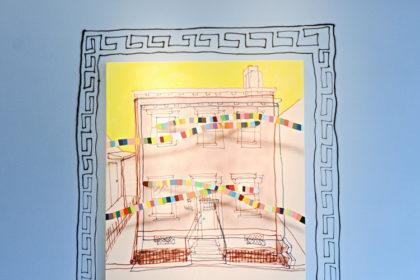When Frieze Week is held in Seoul, everyone’s attention is focused on its art market, but there are also 5 exhibitions that are highly recommended to visit while you are in the city. An extensive network of Asian museums will delight you with the variety of the most modern art. Many museum exhibitions are timed to coincide with the worldwide pilgrimage these days to a city that clearly competes with Hong Kong, the formerly recognized capital of the Asian art world.
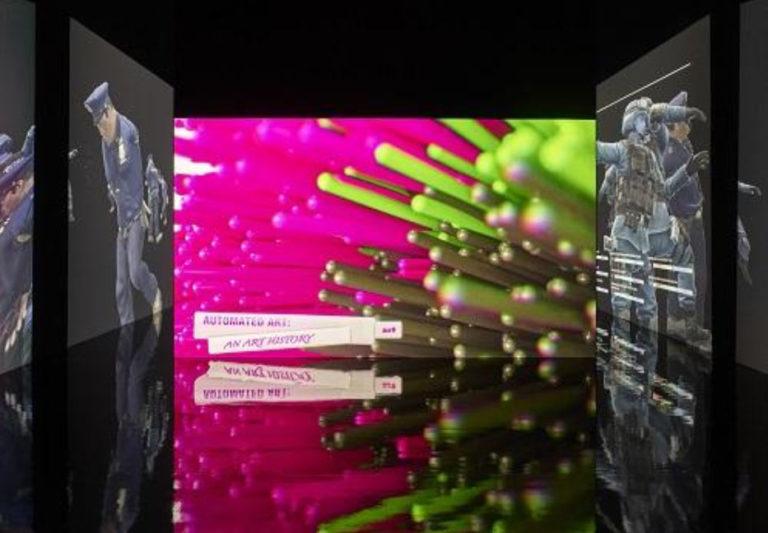
Hito Steyerl, “SocialSim”, 2020, Photography by Achim KuKulies, Düsseldorf
Hito Steyerl: A Sea of Data
MMCA, until 18 September
Hito Steyerl-A Sea of Data at the National Museum of Modern and Contemporary Art, Korea (MMCA) is the artist’s first solo exhibition in Asia, sharing 23 of her most representative works from her early video works in the 1990s, which took the form of film essays with a documentary quality such as Germany and Identity (1994) and The Empty Centre (1998), to her most recent video works reflecting on digital technology (including the internet, virtual reality, robot engineering, and artificial intelligence) within its relationship to human beings and society. In particular, this exhibition will mark the first presentation of Animal Spirits (2022), a new work commissioned by MMCA.
The exhibition subtitle A Sea of Data comes from the title of Steyerl’s essay “A Sea of Data: Apophenia and Pattern (Mis‒)Recognition”(2016), alluding to the exhibition’s aim of gazing reflectively on a data society that is being transformed today into a different reality. Accordingly, the exhibition focuses on presenting the artist’s recent video works, which turn a critical gaze on the production of information and images that are mediated by big data and algorithms and circulated over social media, as well as the contexts of technology, capital, power, and politics behind these data representations.
The exhibition poses a number of other questions: Can technology rescue human beings from the maelstrom of disasters and wars that we currently face?
What is the role of the contemporary art museum in an era defined by planetary civil war, rising inequality, and monopolistic digital technology? How have digital visual systems transformed our perceptions of human beings and society? How do the low‒resolution digital images that the artist refers to with the term “poor image” relate to our ways of life? In the process, the exhibition seeks to provide an opportunity for broader consideration of and reflection on the new images, the visuality, the state of the world, and the status of the contemporary art museum brought about by digital culture in the context of accelerating global capitalism and networked spaces.
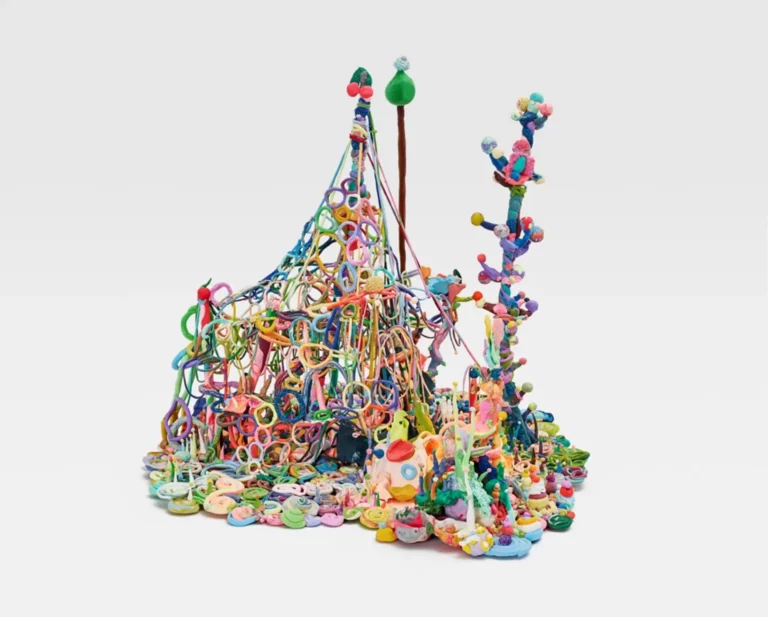
Do Ho Suh’s Artland (2016-present)
Do Ho Suh and Children: Artland
Seoul Museum of Art, until 12 March 2023
Exhibitions are increasingly becoming more child-friendly, but few centre the thoughts and creativity of young minds quite like this new ongoing project by Do Ho Suh, devised in collaboration with his two daughters, both under the age of 13. Since 2016, the trio have been building Artland: a fantasy land of farms, rivers and islands, as well as the imaginary flora and fauna that dwell within them—all made from multi-coloured children’s modelling clay. According to Suh, this world is gender neutral and devoid of a central government. The trio are now opening up Artland to the public, inviting young visitors to add their own creations to the structure from clay provided by the museum. In many senses this conceptually daring, yet wholly accessible exhibition is a departure from Suh’s large, painstakingly executed fabric works recreating his former homes that have made him one of Korea’s most internationally recognised artists. But it is important to consider the parallels between Artland and Suh’s more better-known practice, which deals with the impermanence and fragility of homes, and the body’s relation to space.

Aaajiao, Karesansui, 2014, Sponges, metal insert, Dimension variable. @aaajiao Tromarama, Solaris, 2020, Single-channel video, live simulation, real-time internet-based data, color, sound, Infinite duration. Courtesy of the Artist and Kiang Malingue. Commissioned by National Gallery of Victoria, Melbourne for NGV Triennial 2020. A.A. Murakami, On the Threshold to the House of Eternity, 2021-2022, Scaffolding, robotics, fog, scent, Dimensions variable. @A.A. Murakami (Photo: Sangtae Kim)
Cloud Walkers
Leeum Museum of Art, 2 September to 8 January 2023
The genesis of Cloud Walkers, an exhibition by Leeum Museum of Art, lives in this line of questioning. The “cloud” here speaks to climate, imagination, and hyperlinks alike; it stands as a metaphor for the new sociocultural environment of the 21st century and serves as a virtual platform for sharing across geopolitical boundaries. The works in this exhibition are by those who move freely through this cloud world — the walkers and flâneurs, workers and doers, dreamers and visionaries. Coming from a wide range of backgrounds, these artists bring new and critical perspectives to the issues faced by our contemporary — and future — society. Striking a balance between mutual benefit and technological development, they start from a place of accountability about the state of our planet and work toward sustainable coexistence in both research and practice, freely reconstituting huge data sets as they unfurl their strange and seemingly limitless imaginations across time and space, inviting us to experience new synesthetic worlds of intersections between material and immaterial, real and virtual.
Exhibitions are increasingly becoming more child-friendly, but few centre the thoughts and creativity of young minds quite like this new ongoing project by Do Ho Suh, devised in collaboration with his two daughters, both under the age of 13. Since 2016, the trio have been building Artland: a fantasy land of farms, rivers and islands, as well as the imaginary flora and fauna that dwell within them—all made from multi-coloured children’s modelling clay. According to Suh, this world is gender neutral and devoid of a central government. The trio are now opening up Artland to the public, inviting young visitors to add their own creations to the structure from clay provided by the museum. In many senses this conceptually daring, yet wholly accessible exhibition is a departure from Suh’s large, painstakingly executed fabric works recreating his former homes that have made him one of Korea’s most internationally recognised artists. But it is important to consider the parallels between Artland and Suh’s more better-known practice, which deals with the impermanence and fragility of homes, and the body’s relation to space.
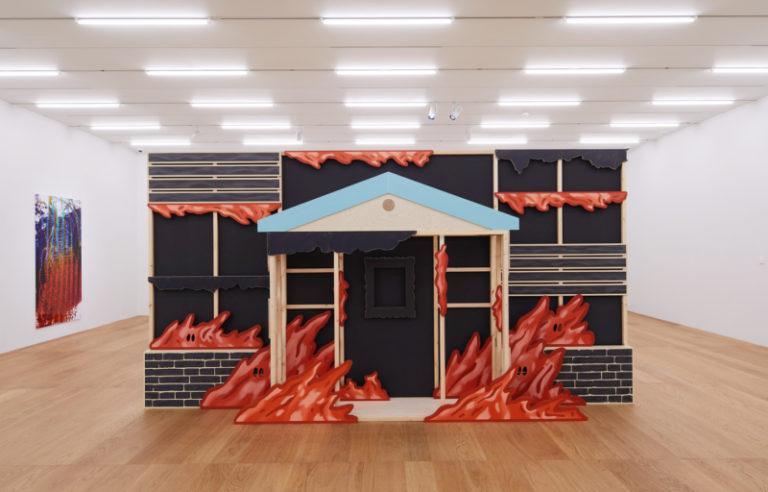
Summer Love: SongEun ArtCube Group Exhibition, 2022
Summer Love
SongEun Art Centre, until 24 September
Summer Love: SongEun ArtCube Group Exhibition was first held at the former SongEun ArtSpace to showcase the achievements and growth of selected young artists. Summer Love 2022 concludes the series by featuring new works by the last 13 SongEun ArtCube artists selected between 2019 and 2021 as well as guest artists Ahram Kwon, winner of the 21st SONGEUN Art Award, and Kun-Yong Lee, a leading figure in Korean experimental art. In addition to celebrate our first year anniversary, we have also invited Swiss French artists Barbezat-Villetard for a performative installation titled When the hammer hits, your head splits like a banana, part II.
This is the fourth edition of Summer Love, a group show of emerging, mostly Korean artists held by the non-profit SongEun Art Space, which last year relocated to an impressive Herzog & de Meuron-designed building. For the exhibition, 13 artists who have shown with SongEun before have been invited to stage a work. There is little to no curatorial thread here, besides the fact that they are all under the age of 35, so think of this less as a thematic exhibition, and more as an opportunity to get acquainted with a cohort of exciting (likely new) local names. Highlights include Minsook Kang’s video on illegally planted Christmas trees and Hana Kim’s painting based on, and incorporating, the fabric of a yoga mat.

Korakrit Arunanondchai, Songs for dying (still), 2021. Courtesy the artist, Bangkok CityCity Gallery, Bangkok, Carlos/Ishikawa, London, C L E A R I N G, New York/Brussels, Kukje Gallery, South Korea. Co-commissioned by the 13th Gwangju Biennale, Han Nefkens Foundation and Kunsthall Trondheim.
Korakrit Arunanondchai: Songs for dying / Songs for living
ArtSonje Center, 30 August–30 October 2022
Last year the Thai artist Korakrit Arunanondchai debuted his video-installation Songs for Dying (2021) at the 2021 edition of the Gwangju Biennale to much fanfare. The dense work, which broaches his grandfather’s death, the 1948 Jeju massacre and recent student protests in Bangkok, now returns to South Korea as part of Arunanondchai’s first solo exhibition in the country. At the ArtSonje Centre—a pioneering, 24-year-old art space in Seoul with an internationally focused programme—it is shown alongside another video-installation, Songs for Living (2021). The latter was made in collaboration with the New York-based cinematographer Alex Gvojic, who creates “hyper-reality” environments to suspend the audience’s belief. The works are both staged in a space likened by its curator Sunjung Kim to an “inverted theatre”, which will swap the positions of the audience and the performer.
In Songs for dying / Songs for living, Arunanondchai has divided up the exhibition space into three interconnected acts: each one speaks to a transformative potential which catalyzes the others. Departing from the loss of his grandfather, the artist unfolds stories that carry the idea of self and the community into the space of the unknowable. Ghosts, shamans, and a dying sea turtle are not only metaphors but also the mediums from which processes of becoming and decomposition must pass through. In these stories, rich in mythological references and symbols, Arunanondchai simultaneously takes up social and political realities of life in Thailand, which is characterized by military rule, monarchy, and pro-democracy protests. Songs shape the arc of the exhibition, which lead the audience through a polyphonic narrative in which events are testified to the emotional and transcendent impulses of peoples, nations, and beings living under the symbols of higher powers.

